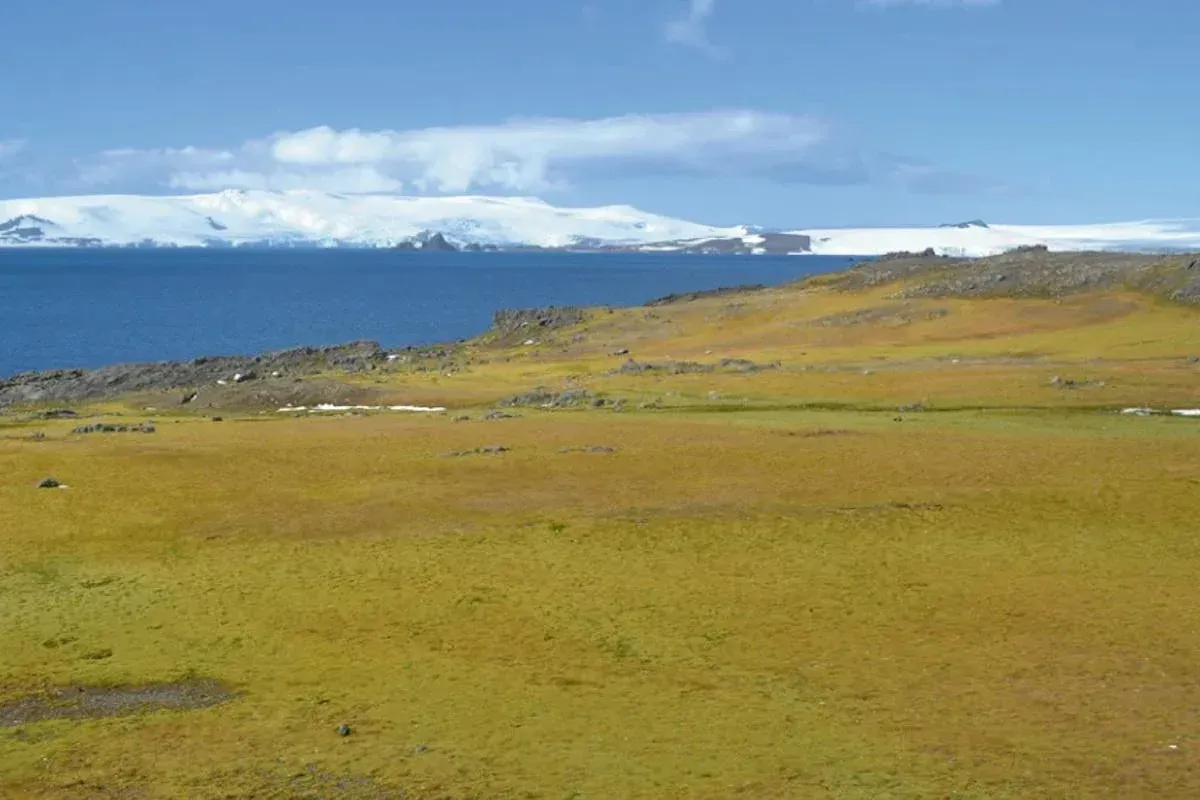Antarctica is getting greener: vegetation area has increased 10 times in 40 years
Kyiv • UNN
Satellite data show a sharp increase in vegetation cover on the Antarctic Peninsula. In 2021, the green area reached 12 km², compared to less than 1 km² in 1986.

Due to global warming, the Antarctic Peninsula, the northernmost part of Antarctica, is undergoing dramatic changes and is gradually turning into a green landscape. This was reported in a new scientific report in the journal Nature Geoscience, UNN reports.
Details
It is noted that an analysis of satellite data of the landscape shows that over the past four decades, vegetation cover on the Antarctic Peninsula has increased tenfold. While in 1986, vegetation covered less than one square kilometer of the peninsula, in 2021, almost 12 square kilometers were already green.
This greening trend has accelerated by more than 30% in recent years (2016-2021) compared to the full study period (1986-2021) - expanding by more than 400,000 square meters per year in this period,
According to scientists, so far it has been mostly mosses that can survive in the harshest conditions on Earth. But the rate of its spread in this region has accelerated dramatically in recent years.

Scientists predict that the greening of Antarctica is likely to continue as the climate warms, and other plant species may soon take root here. Eventually, a layer of soil may form on the Antarctic Peninsula that will create the potential for invasive species to take hold.
Soil in Antarctica is mostly poor or non-existent, but this growth in plant life will add organic matter and facilitate soil formation, potentially paving the way for other plants to grow,
Ukrainian polar explorers show rare starry sky over Antarctica01.08.24, 04:43 • 26366 views